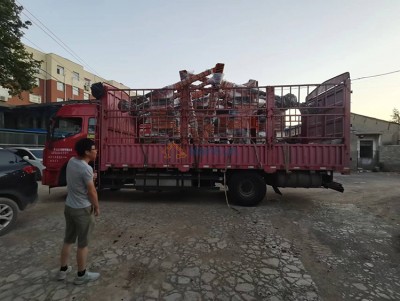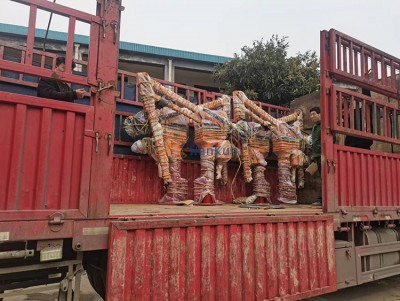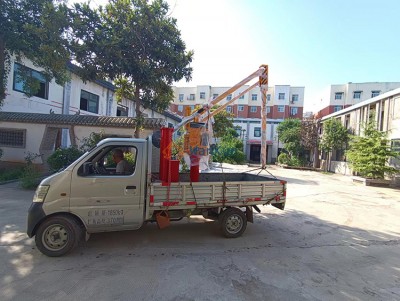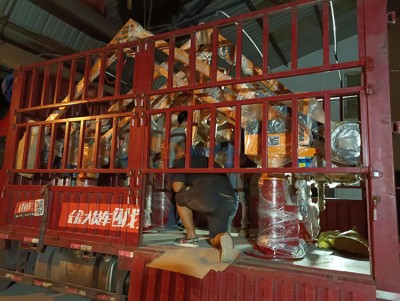Requirements for balanced crane operation
Balance crane,also known as power assisted manipulator,is a new type of power equipment for material handling,especially suitable for some applications with accurate positioning and assembly action requirements.Since the heavy object is in floating state when lifting,the operator can correctly place the heavy object at any position in the space without skillfully clicking the button and pushing and pulling the heavy object with bare hands.
The balanced crane has good directivity,high detection accuracy,and is not affected by smoke,steam,external light and external magnetic field.Optical anti-collision device consisting of transmitter,receiver,controller and reflector.The linear propagation and reflection performance of light wave are used to detect the distance.
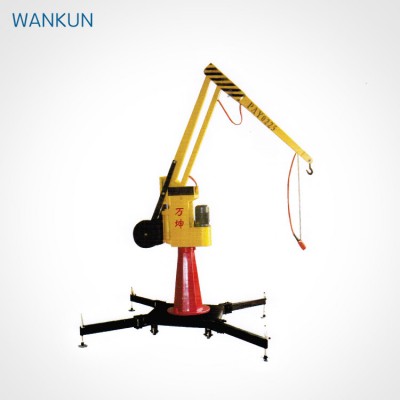
Requirements for balanced crane operation:
Balanced hoisting provides convenience for many projects,but relevant requirements shall be met during hoisting operation.When the rolling device is used for loading and unloading,the thickness of the rolling bar shall be consistent,so that the balanced crane can be used smoothly,and the width is 50cm wider than the object.Do not wear gloves to fill the roller bar to prevent slipping.When hoisting large equipment towers,it is required to cooperate with multiple winches to maintain the same hoisting speed of the winches,ensure the balance of stress points on the balance tower,and avoid deformation of the hoisting equipment tower due to uneven stress.When the rotating method or the overturning method is used for hoisting,the tower bottom shall be kept stable,and fixing aids shall be installed to offset the horizontal thrust generated during hoisting.Therefore,using this kind of balanced lifting equipment can help us complete the corresponding work faster and better,thus reducing the labor intensity.
The working height of the balancing crane is not directly related to the lifting load,and its operation level does not depend on the weight of the crane,but depends on the changes in load and load frequency,as well as the busy degree of the crane.Therefore,if it is the original safety limit fitting of the balance crane,it is easy to tilt during operation because it is not adjusted in time.
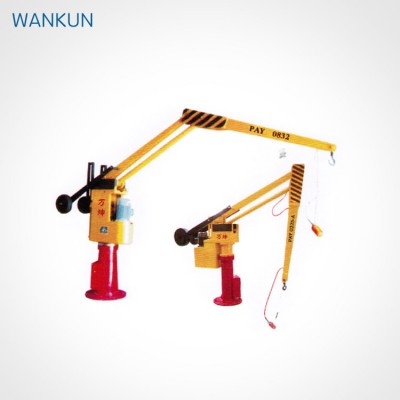
Operation:
Due to overloading and other violations during operation,it is not only easy to cause accidents,but also fatigue wear and repeated overloading may cause the tilt of the steel structure of the jib crane.Especially in the case of sudden overload,the structure of the jib crane is particularly worn,which is easy to cause serious accidents.
Model selection:
When users choose a crane,if the working height of the crane is ignored,the balanced crane is often at the full load working level,which will accelerate the scrapping of the crane and the frequent failure of parts.And even cause accidents and safety.
In other words,even if the two cranes have the same weight,the safety system of each component will work at different levels.The corresponding specifications,sizes and dimensions are different.

